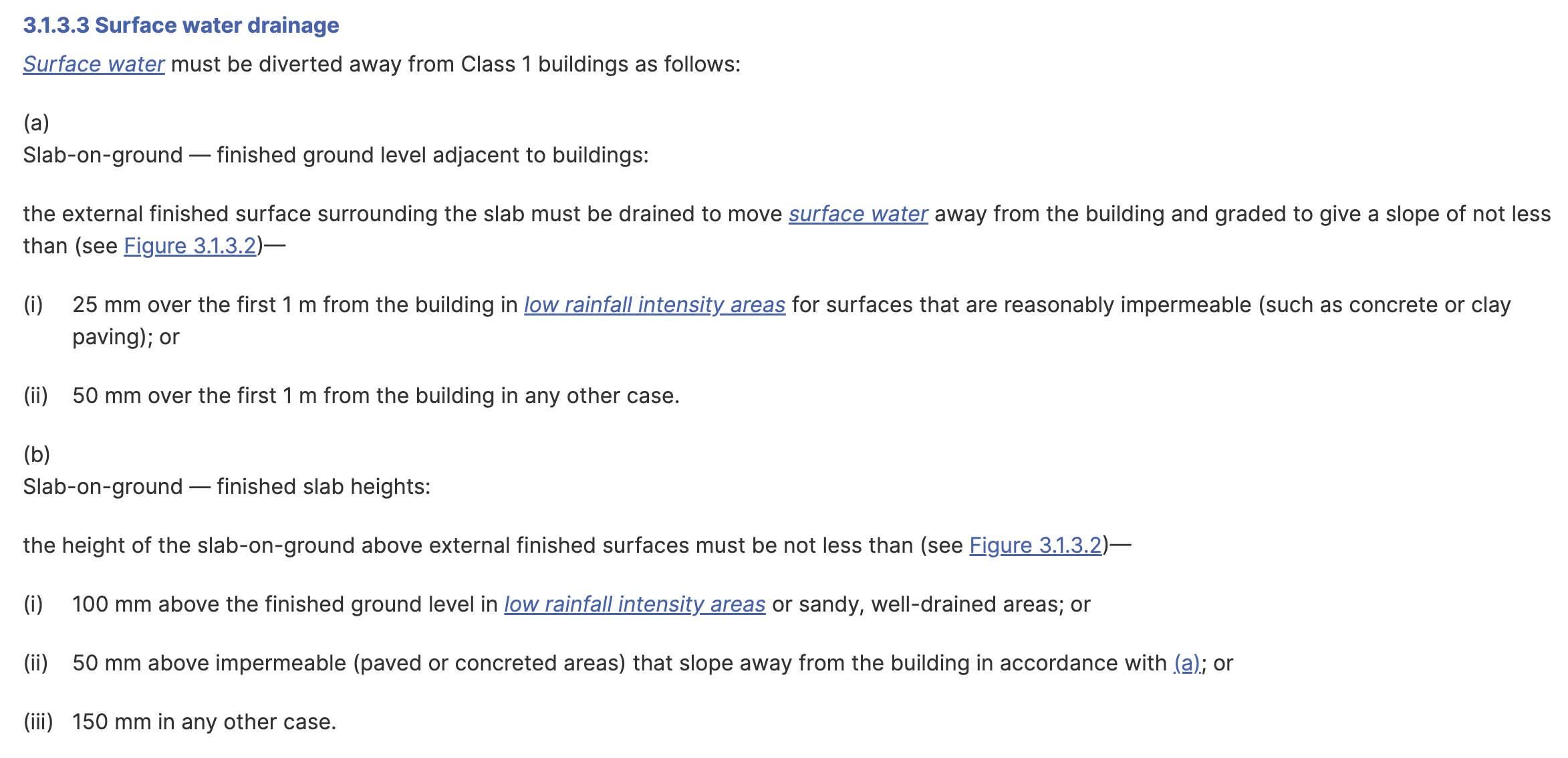
Ever wondered why you should carry out regular site visits and take progress photos during construction? Turns out those seemingly excessive check-ins and snapshots could save you a major headache down the road.
The subsidence policy means if water damage occurs around your foundation within the first few years, you may not be on the hook for costly repairs if you have proper documentation.
When your slab is poured and throughout construction, excess water needs to be diverted away. The soil around the edges can become oversaturated and swell if ponding is left unattended. A few millimetres of movement may not seem like much, but it's enough to crack walls, jam doors, and unleash a heap of related issues. Regular site photos prove if water was properly managed and your foundation set up for success or failure from the beginning.
Site visits and progress pics could be the evidence that exempts you from subsidence policy claims and saves you from footing the bill for a preventable problem. A bit of an inconvenience upfront is worth avoiding a massive headache once you've moved in.
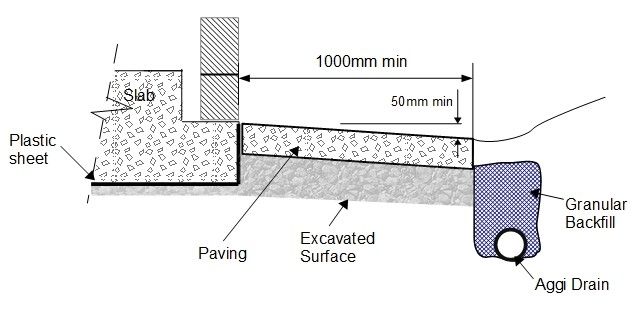
Understanding the Subsidence Policy in Residential Construction
When you're building your new home, the last thing you want to deal with is subsidence damage. But unfortunately, it does happen. The good news is, if proper precautions were taken during construction, you may not be responsible for the costly repairs.
The subsidence policy requires builders to divert rain and surface water away from the foundations during construction to prevent swelling and movement. If water is allowed to pool around the slab edge, the soil can become saturated, expand, and cause the slab to tilt or sink unevenly. These defects often don't appear for months or even years after construction is complete.
However, if you or your builder took photos during the build clearly showing proper diversion of surface water in place, the liability for subsidence damage may fall to the builder. For this reason, many homeowners don't realise the importance of site photos. It's a simple thing that can save you a major headache down the road.
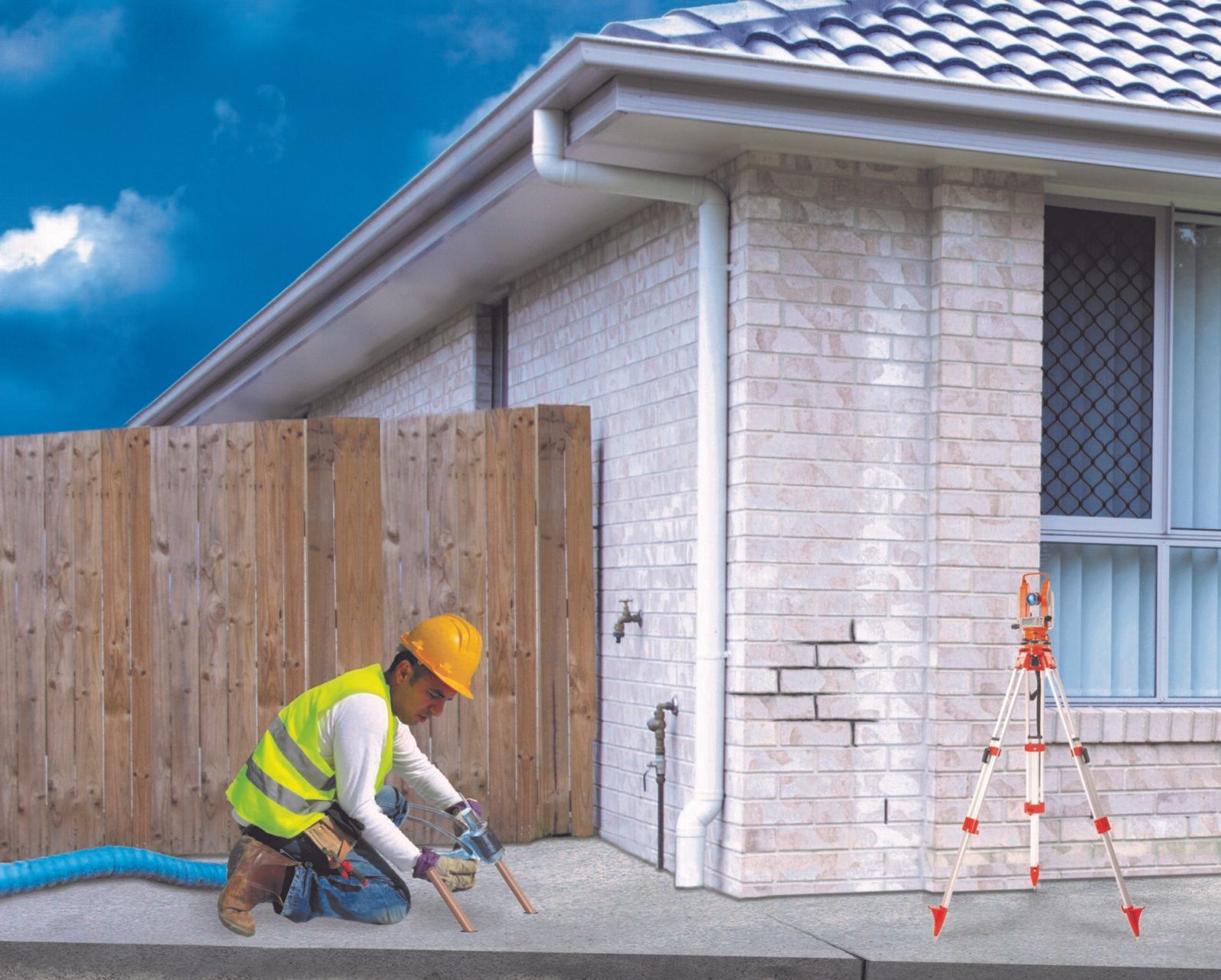
When visiting your site, be sure to take photos of the entire perimeter of the slab, paying close attention to the use of temporary downpipes, gutters, grates and the general slope of the ground around the foundations. Get shots from multiple angles. Note the date on which the photos were taken. Keep records of any correspondence with your builder regarding water diversion or ponding issues.
By following these best practices, you'll have solid evidence that adequate precautions were taken should subsidence damage appear in the future. The small effort of snapping some site photos could end up making a huge difference in determining liability and ensuring the necessary repairs are made at no cost to you. Forewarned is forearmed, as the saying goes!
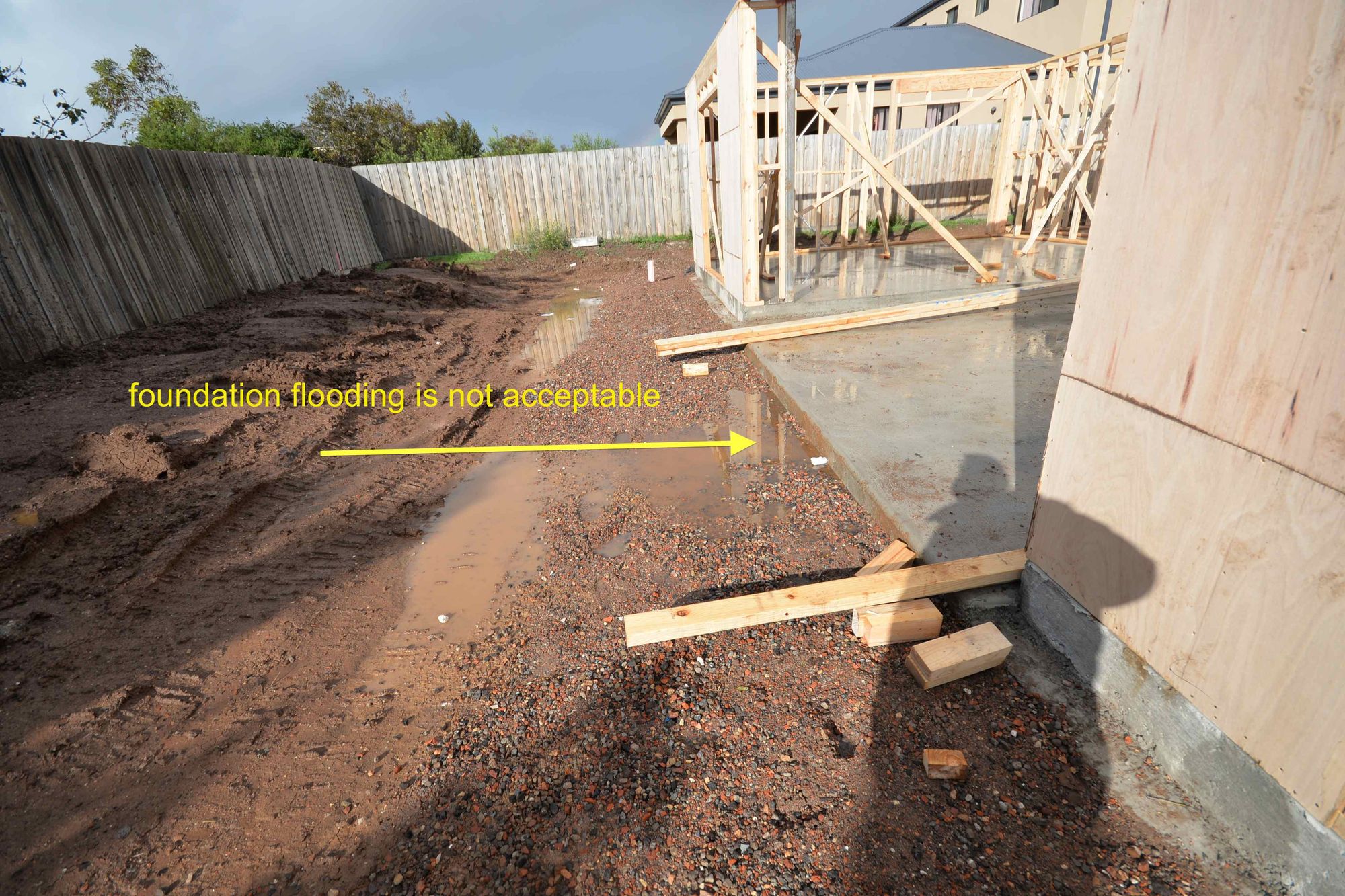
Site Photos Save the Day - Using Photos to Demonstrate Proper Slab Prep Falls
Capture images clearly showing standing water around the slab edge, especially in corners. Make sure to time and date stamp the photos. These site photos provide evidence that the swelling was caused by excess water during construction that was outside of your control.
With the photos and a copy of the site plans in hand, you’ll have solid proof to demonstrate to your client or their insurance assessor that the subsidence issues were caused by water ponding on-site during construction. Your due diligence in thoroughly documenting site conditions means you shouldn’t bear responsibility for rectification costs. All because you took a few photos along the way!
It pays to keep a close eye on water management during construction. Catch ponding issues early and demand your contractor instal proper drainage to divert water away from the slab edge before it causes damage. An ounce of prevention is worth a pound of cure, especially when it comes to subsidence. Regular site visits, photos, and proactively addressing risks will save you headaches in the long run. Your clients will appreciate your diligence, and you’ll have peace of mind knowing you did everything within your control to prevent avoidable subsidence problems.
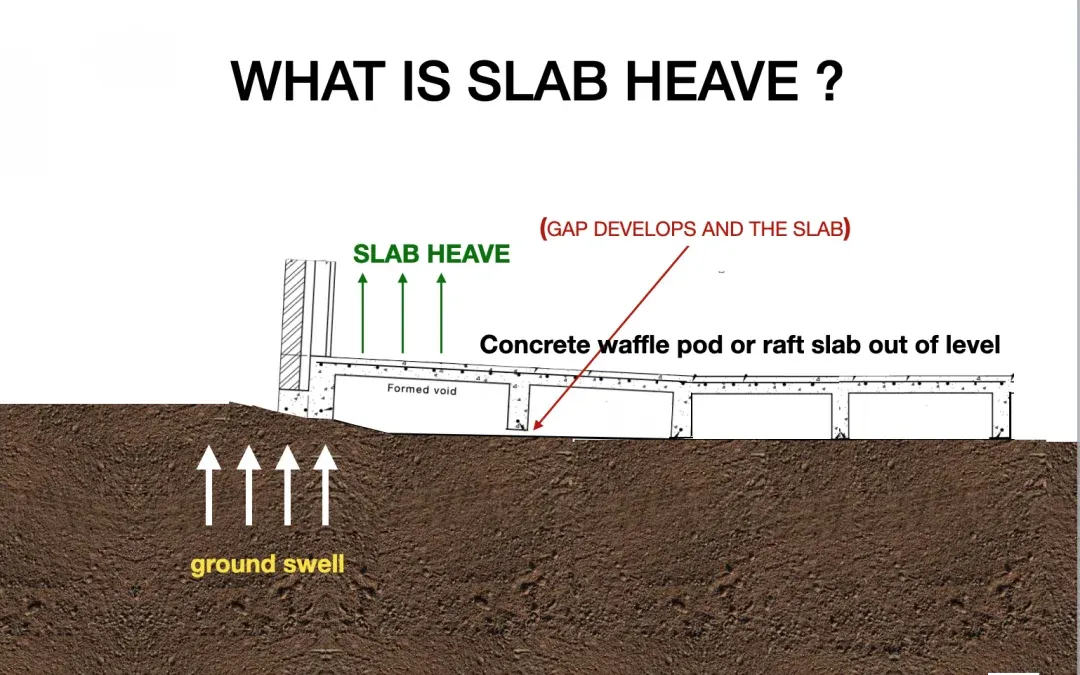
Catch Water Ponding Issues
During the slab pour and for up to 7 days after, it’s critical that no water accumulates around the edge of the slab, known as ponding. If water ponds for long periods, it can cause the soil around the slab edge to swell, which leads to slab settlement over time. However, if you have photos clearly showing ponding that your builder did not remedy, you may not be liable for slab settlement issues according to the subsidence policy.
Document Any Cracks
New concrete slabs will often develop minor cracks as the concrete cures and shrinks. Photograph any cracks you notice in the slab after the pour so you have a record of their initial size and position. That way, if cracks worsen or new ones form over time, you have evidence that they were pre-existing to avoid your builder blaming settlement.
Provide a Paper Trail
Overall, taking and keeping a log of photos during construction provides you with a visual paper trail of events. This can be invaluable if any issues crop up down the line and you need evidence to show how and when they originated. While most builders operate with integrity, some may try to shirk responsibility. Your photos can protect you in case of a dispute.
Conclusion
A few simple site photos during construction could end up saving you thousands down the track. Don't just take the contractor's word that proper site drainage and compaction have been done. Get in there and see for yourself, snap some pics on your phone and keep records of what's going on.
If subsidence issues pop up later on, you've got proof that you did your due diligence. And when the insurance assessor comes knocking, you can show that any damage wasn't down to you. A few minutes of your time during build could give you peace of mind for years to come. Knowledge is power, so empower yourself - get onto that site and do a subsidence site audit!







